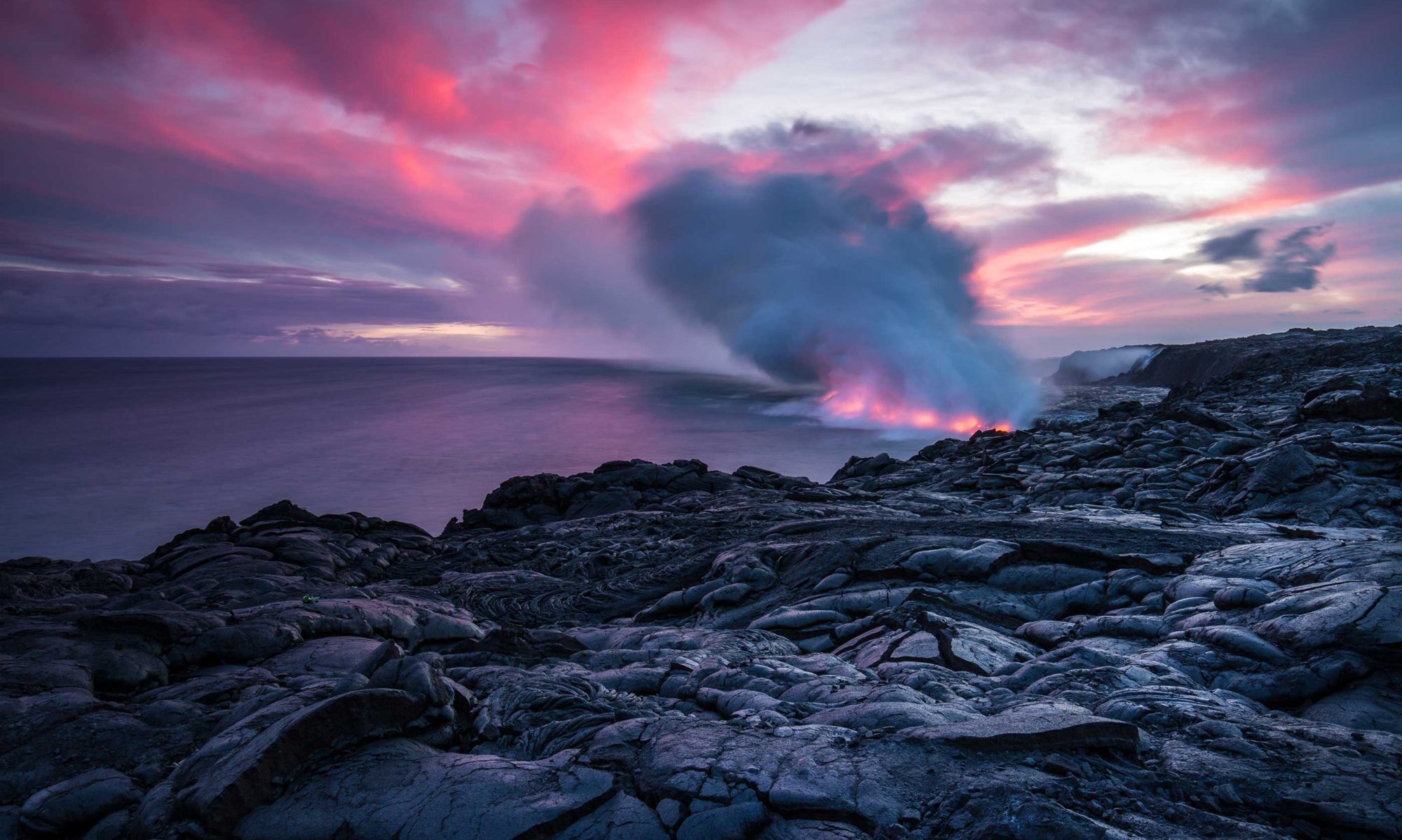Between 2016 and 2021, researchers observed that cracks, or crevasses, at the edges of Greenland’s ice sheet grew significantly in both size and depth. This change was linked to the ice’s accelerated movement from the sheet’s center toward the ocean, a process driven by rising temperatures. This movement contributes to crevasse formation, which could set off feedback mechanisms that speed up ice loss over short timeframes.
The Greenland Ice Sheet, which contains nearly 3 million cubic kilometers of ice, has the potential to raise global sea levels by over 7 meters if it were to melt entirely. While ice sheets naturally spread under their own weight, they typically maintain equilibrium through a balance between ice loss and snowfall. However, warmer conditions are causing the ice to flow faster, and when the stress of this flow becomes great enough, crevasse formation occurs—fracturing the surface and allowing meltwater to penetrate deep into the ice.
Thomas Chudley, a glaciologist at Durham University, explained that crevasses act as pathways for meltwater to reach the ice sheet’s base. This water can then lubricate the bottom layer, allowing the ice to move more quickly toward the sea. Most of the hundreds of gigatons of meltwater produced annually by the Greenland Ice Sheet flows through these crevasses, emphasizing their critical role in ice dynamics.
Until recently, crevasses were difficult to study due to the limitations of satellite imagery, as their widths often fall below the resolution of typical satellite sensors. However, researchers have now used high-resolution digital elevation models (DEMs) of the Arctic surface to quantify changes in crevasse volume. These models, created from overlapping satellite images, provide elevation data at a 2-meter resolution and have enabled scientists to analyze crevasse formation across the entire Greenland Ice Sheet.
The team discovered that crevasse volume increased in areas where ice flow into the ocean also accelerated. This trend was especially notable in eastern Greenland and at low elevations where ice meets the sea. Central northern Greenland saw the largest relative increase—about 25%. However, the overall average across the ice sheet remained relatively stable due to a temporary slowdown in one major glacier, Sermeq Kujalleq, between 2016 and 2019. This pause, caused by an influx of cold ocean water, led to a temporary reduction in crevasse activity, which has since reversed as the glacier resumes its acceleration.
This study is the first to clearly demonstrate that the expansion of crevasse zones is widespread across Greenland’s outlet glaciers. Field researchers have reported an increase in crevasses, even in locations where they were once uncommon, reinforcing the significance of these findings. Meltwater flowing through crevasses not only lubricates the ice sheet but also promotes further crevasse formation, creating a feedback loop that could enhance ice loss and contribute to sea level rise.
Chudley’s team plans to continue monitoring crevasse changes using annual updates to the Arctic DEMs. Their goal is to refine predictions of ice sheet behavior and global sea level rise. With improved observational tools, the dynamics of crevasse formation are now clearer than ever, providing crucial insight into the future of Earth’s cryosphere.
www.eos.org/articles/crevasses-on-the-greenland-ice-sheet-are-growing

